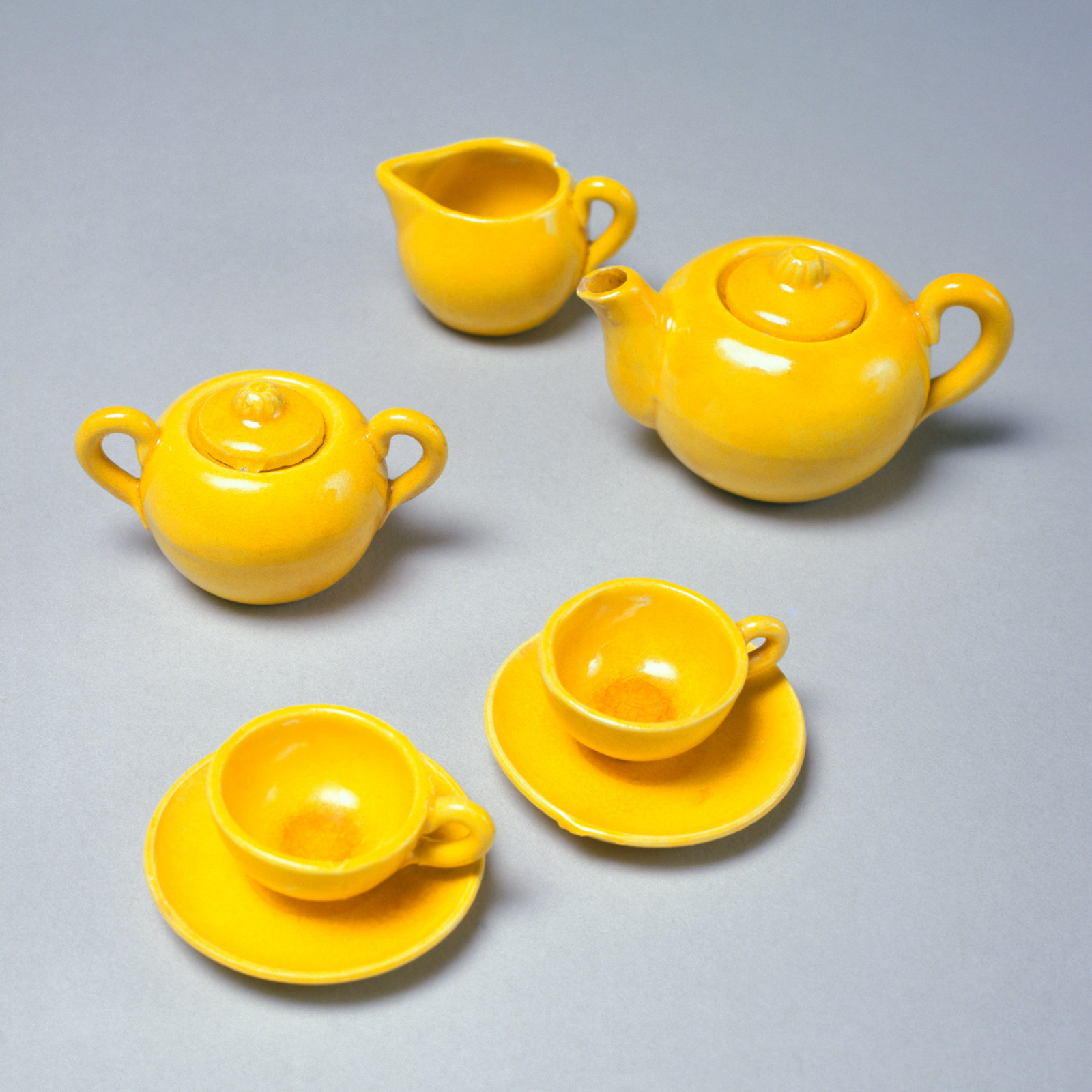Dora Walford’s polo trophy
This small cup, just over 10cm tall, is the trophy presented to Dora Walford, nee Alexander (1895-1972), for winning second prize in the Ladies Bending Race at the Sydney Polo Club Gymkhana in June 1923.
Dora was a fashionable figure in Sydney society in the 1920s. According to one society columnist she was ‘the most dashing woman on horseback’, one of Sydney’s best-dressed women, who ‘sat her horse like a professional’. She was an active fundraiser for charity, taking an executive role on countless committees to organise gala balls and dinners, or theatrical matinees in aid of the Children’s Hospital, or the Crown Street Women’s Hospital or the Sydney Industrial Blind Institution. Dora’s individual identity is obscured in the inscription “Mrs Leslie Walford” on the trophy. Leslie Walford was her first husband. He died in December 1928 and Dora next became Mrs Eric Sheller, then Mrs Ben Knowles Davies and, finally, Mrs Lawrence Byrne. But Dora was never anything less than her own woman, ambitious, energetic and resilient.
Related

The trophy cabinet
Trophies are symbolic objects, intended for display as evidence of achievement, especially of victory in a contest of some kind
Published on
Collection items
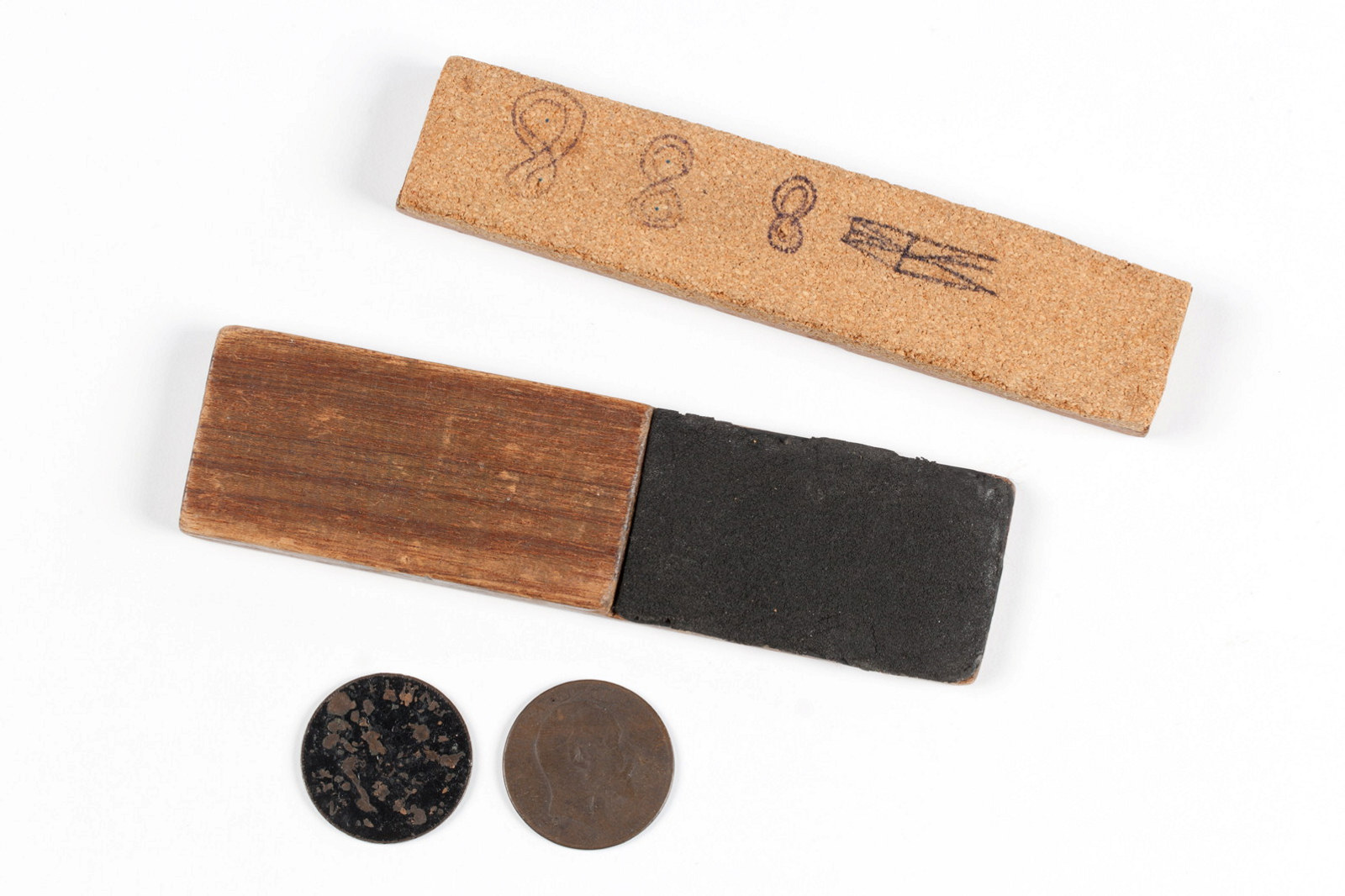
Come in spinner!
Gambling in Australia is regulated by the state and some types of gambling are illegal. The game Two-up, with its catch cry of ‘Come in Spinner!’, is legal only on Anzac Day and only in some states
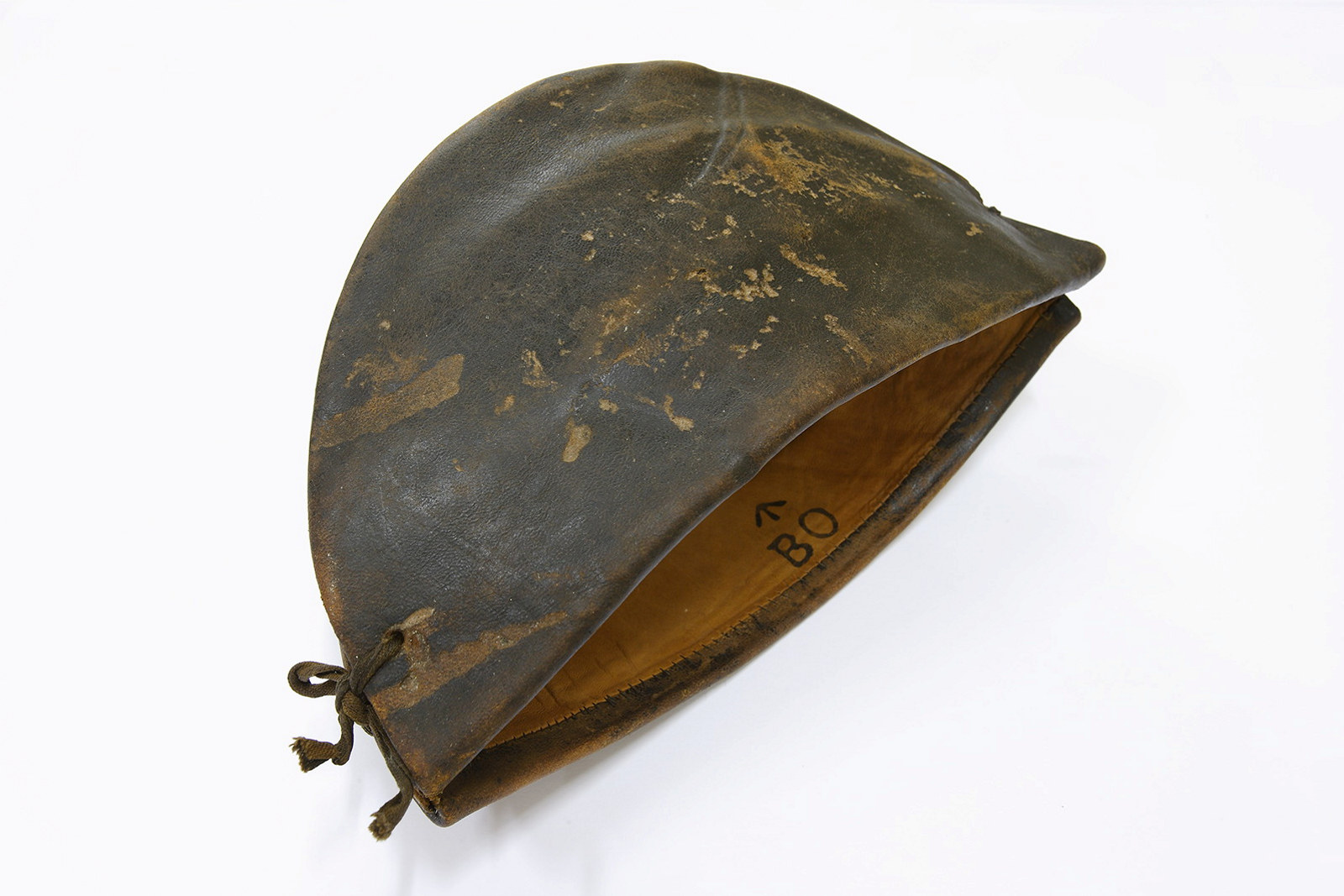
Convict Sydney
Convict cap
A hat was known as a castor or a kelp in the convict ‘flash’ slang language

The trophy cabinet
Trophies are symbolic objects, intended for display as evidence of achievement, especially of victory in a contest of some kind
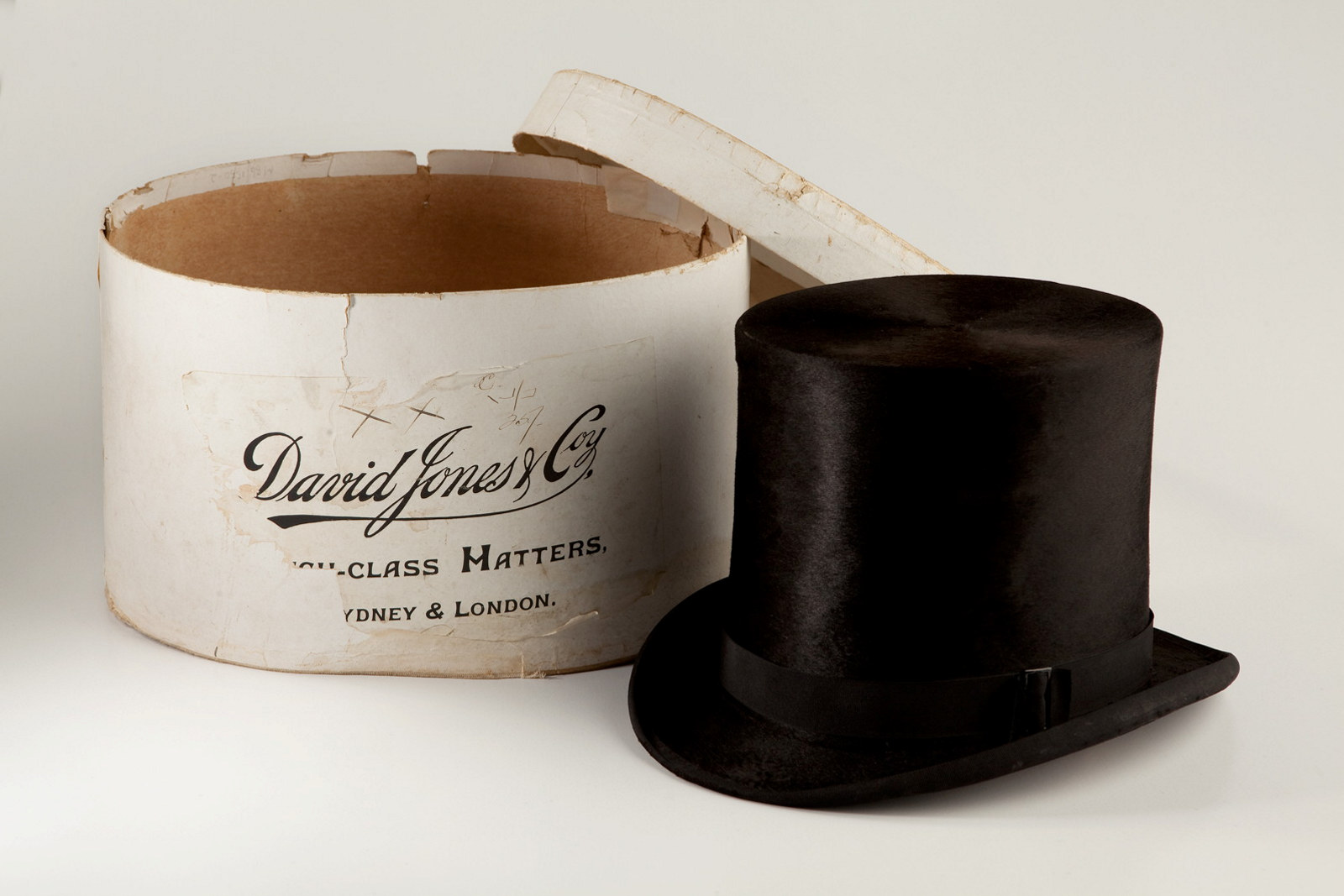
Bicornes, bonnets & boaters
There’s a variety of headwear across our collections ranging in date from early to late nineteenth century
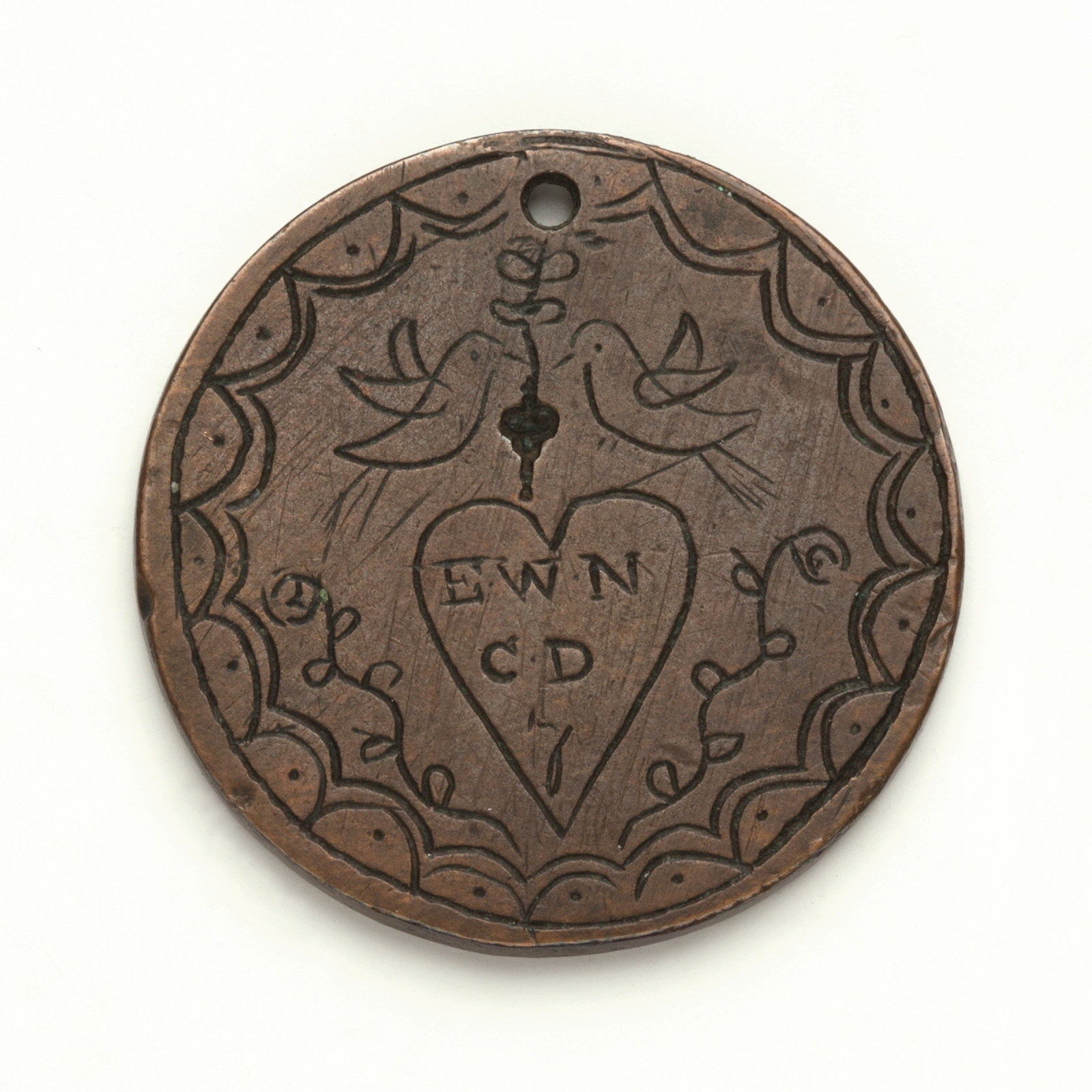
Convict Sydney
Love token, Donovan
This very detailed token was probably made by a nineteen year old called Cornelius Donovan
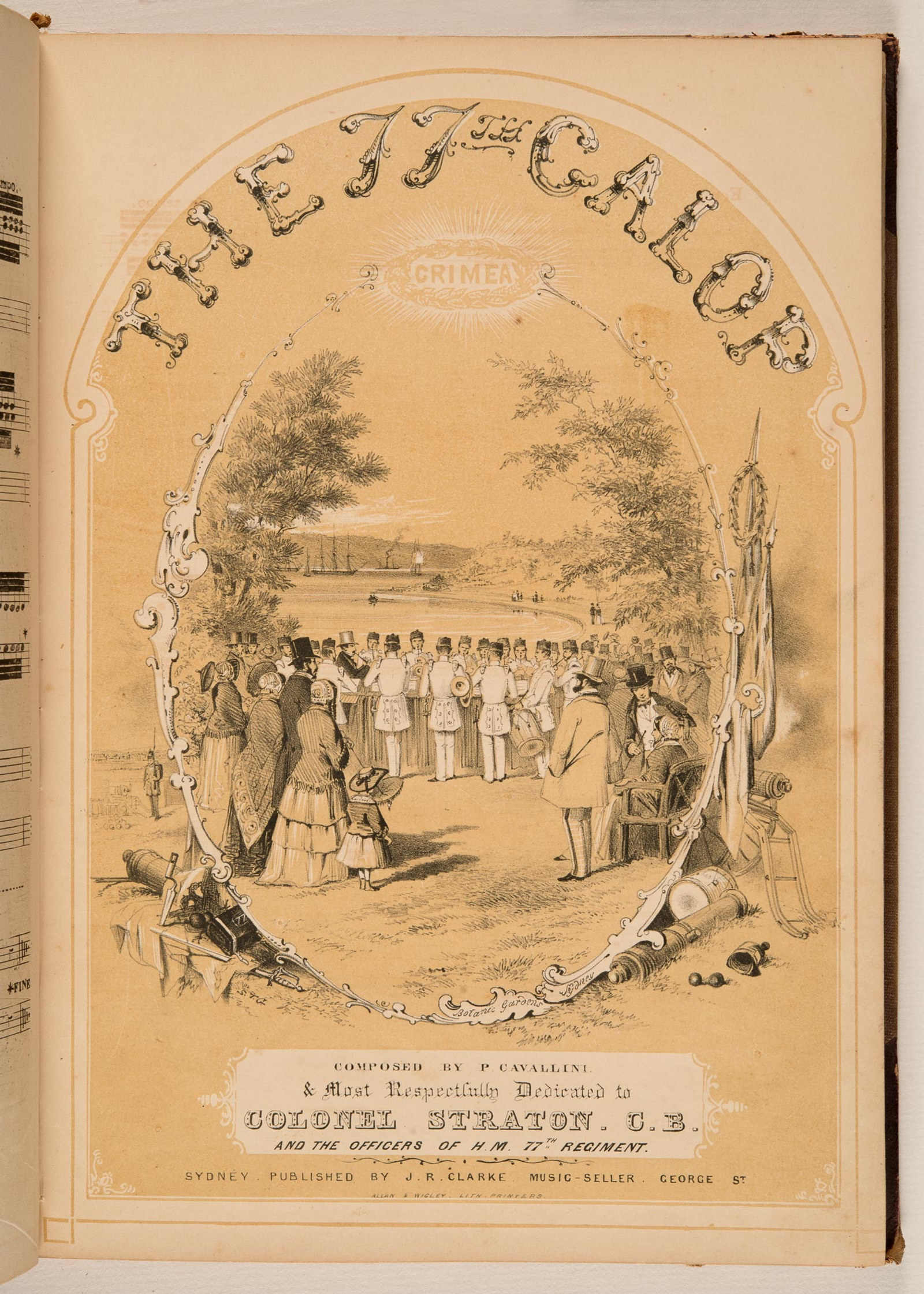
Reading the score
Since the early 1800s, Australian households have purchased sheet music to enliven their drawing room repertoire
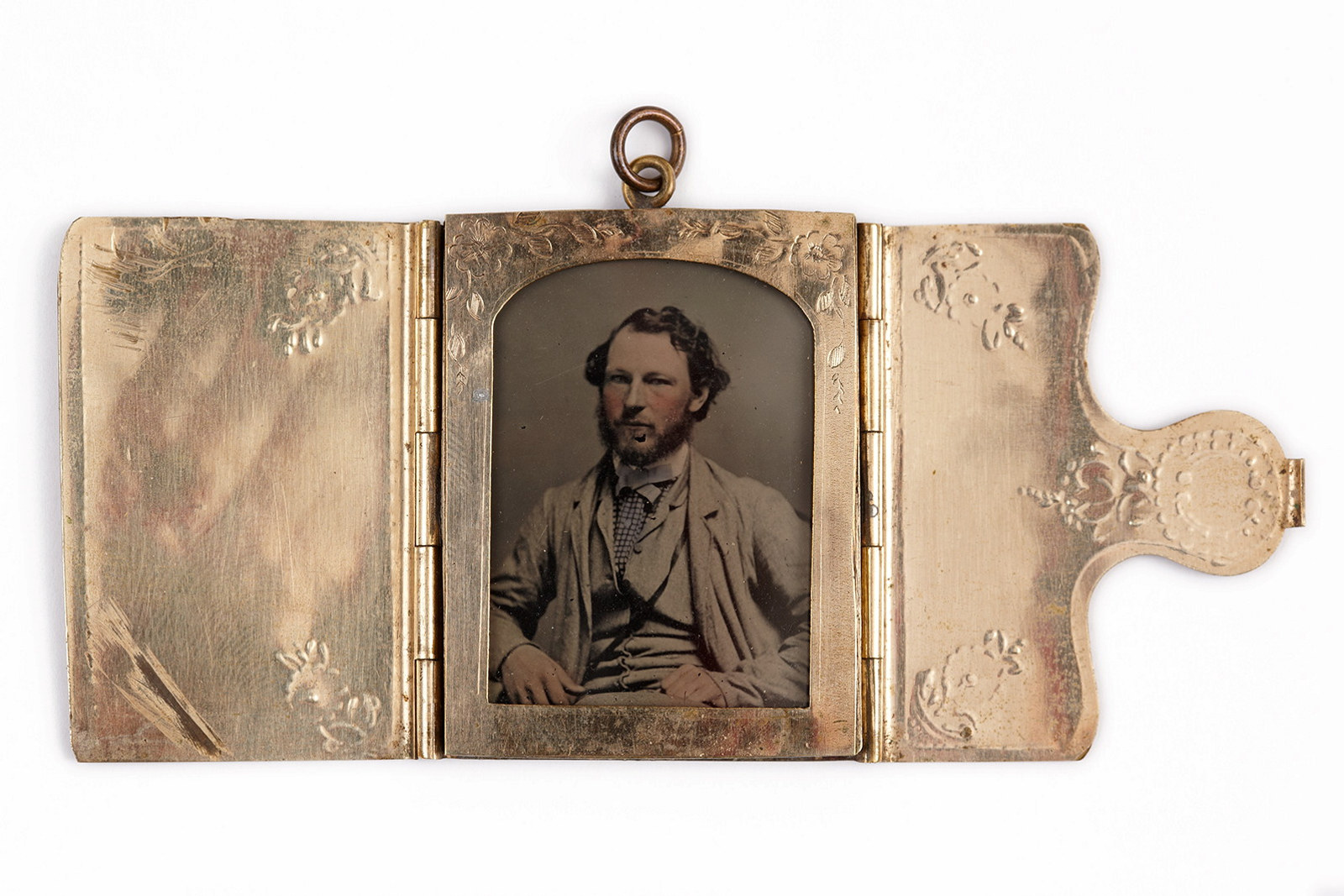
Close to the heart
Expressions of love and endearment have long been embodied in keepsakes or jewellery worn or held close to the body
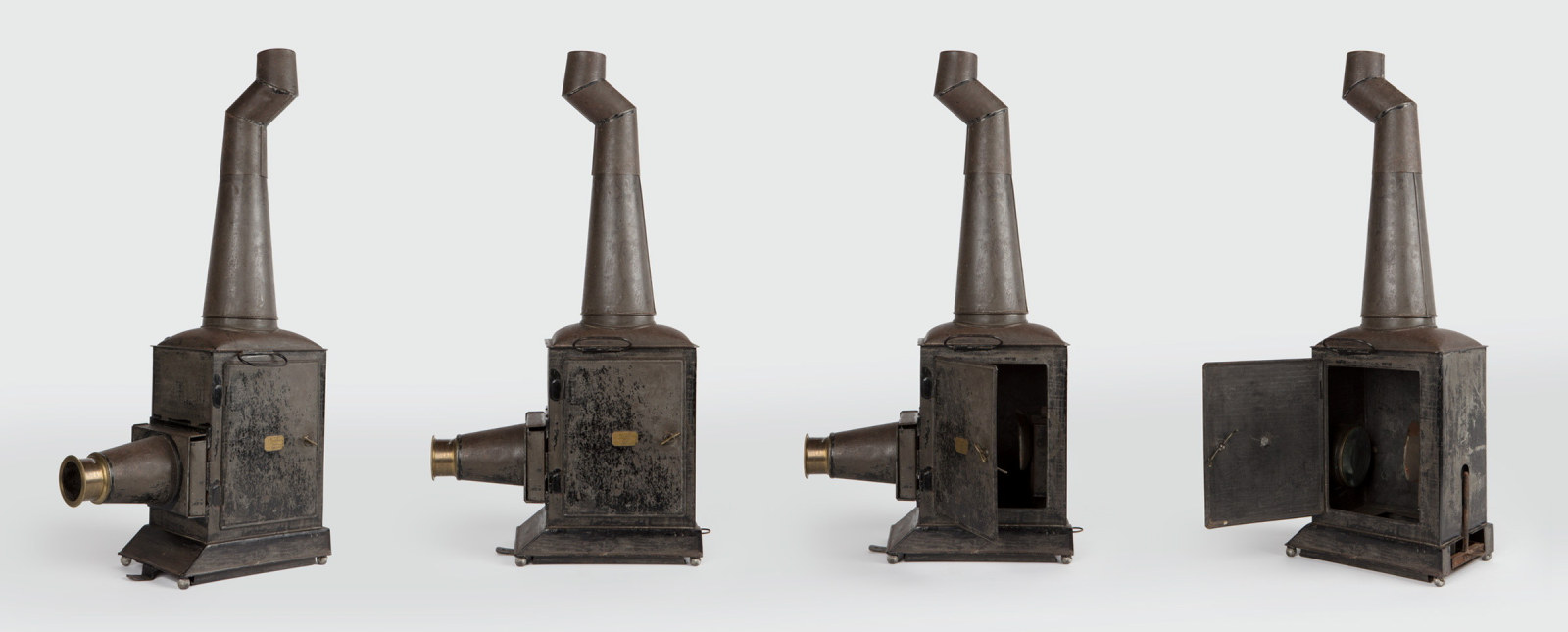
Magic lantern at Rouse Hill Estate
The Rouse Hill House magic lantern is a mid-19th century example of a form of image projector which dates back to the 17th century
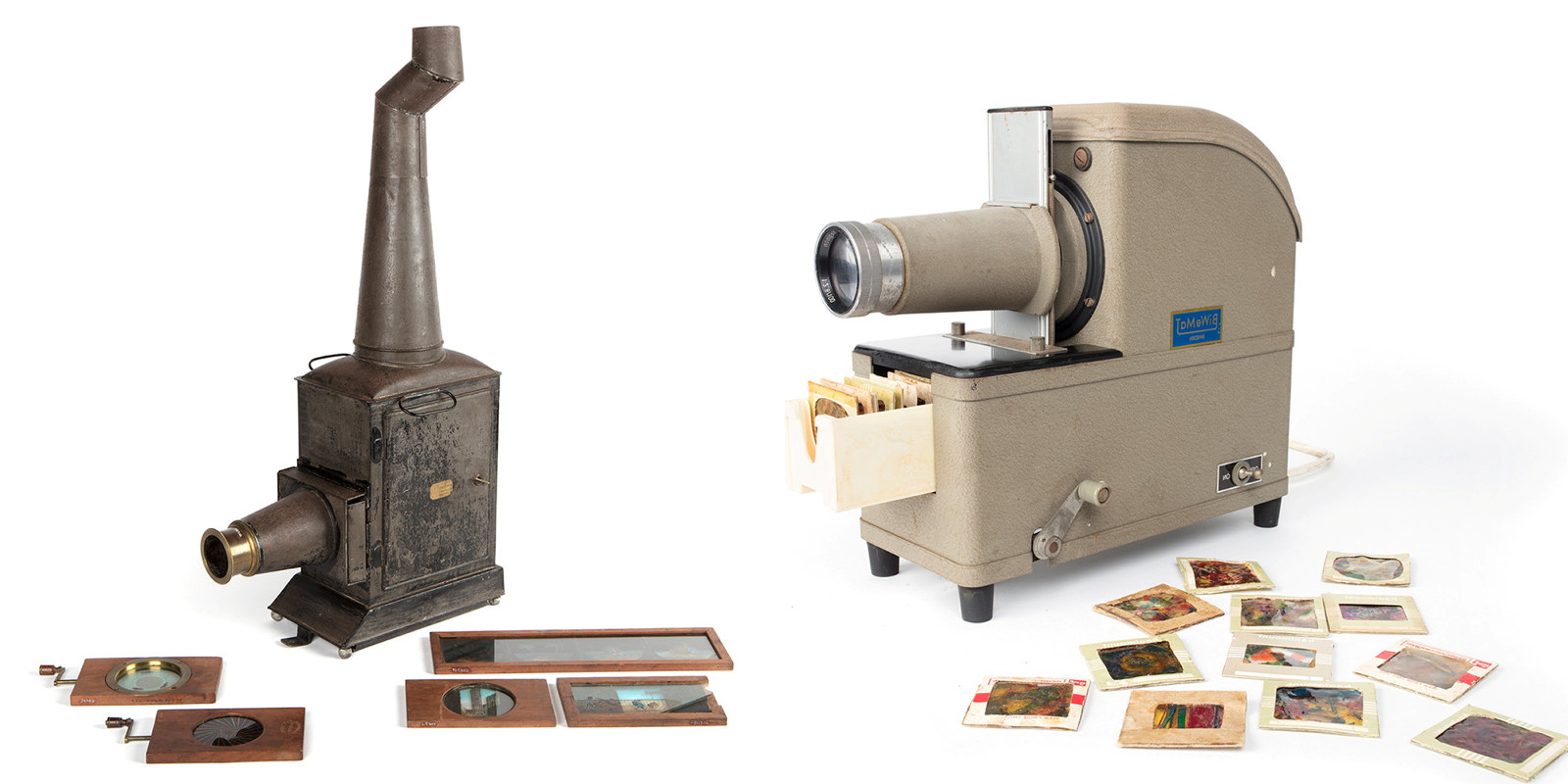
Projected across time
In the late 1960s, John Terry, then a young man living at Rouse Hill Estate, composed avant-garde music which he set to abstract projected images, and performed at various locations in Sydney
